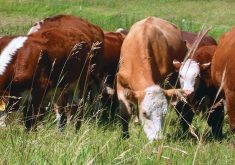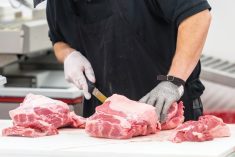Republicans are proposing to slash farm spending by $30 billion o ver 10 years as part of a controversial plan to tackle the giant federal budget deficit.
House budget committee chairman Paul Ryan has proposed reducing the $5-billion-a- year “direct payments” subsidy made to growers each year regardless of need. He also wants farmers to shoulder more of the cost of crop insurance.
Ryan’s proposals, part of plan to cut nearly $6 trillion in federal spending over the next decade, would cut farm subsidies and crop insurance costs by about 20 per cent but wouldn’t start until at least 2012.
Read Also

Mazergroup’s Bob Mazer dies
Mazergroup’s Bob Mazer, who helped grow his family’s company into a string of farm equipment dealerships and the main dealer for New Holland machinery in Saskatchewan and Manitoba, died July 6 from cancer.
However, some Republicans are downplaying the proposals, saying they “are simply suggestions.” But the budget committee says now is an ideal time to make cuts, as farmers are enjoying boom times.
Direct payments, created by the 1996 Freedom to Farm law, are a popular target for deficit hawks, reformers, and farm activists. American farmers receive about 10 per cent of net cash farm income from government.
Public nutrition programs such as food stamps, which account for nearly two-thirds of the USDA budget, would also face cuts of 20 per cent, and land stewardship would be cut by 25 per cent, said a farm lobbyist.
Food stamps would undergo similar reform as welfare did a decade ago, by “encouraging work, limiting the duration of benefits, and giving states more control over the money being spent.”
Food stamps, formally named Supplemental Nutrition Assistance Program, are forecast to cost $80 billion this year. Enrolment is a record 44.2 million people, or one in seven Americans.


















